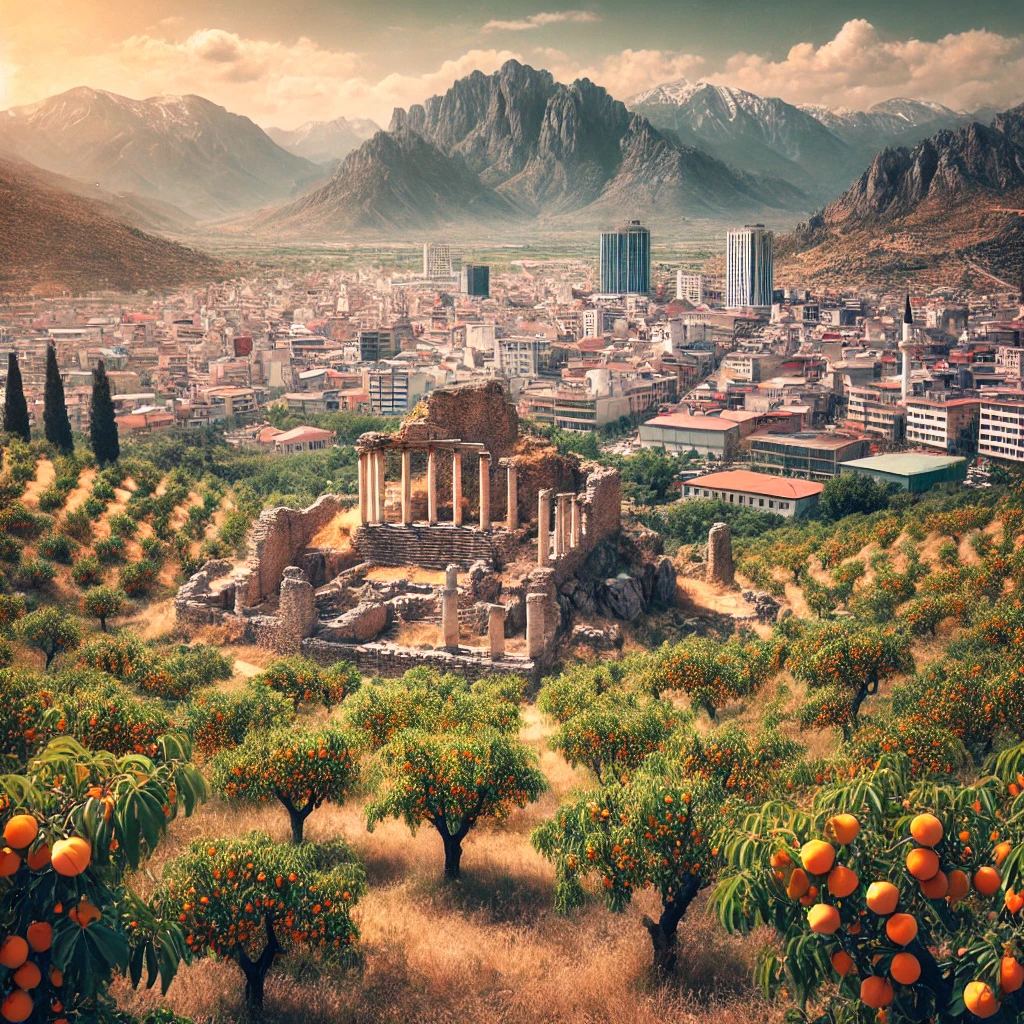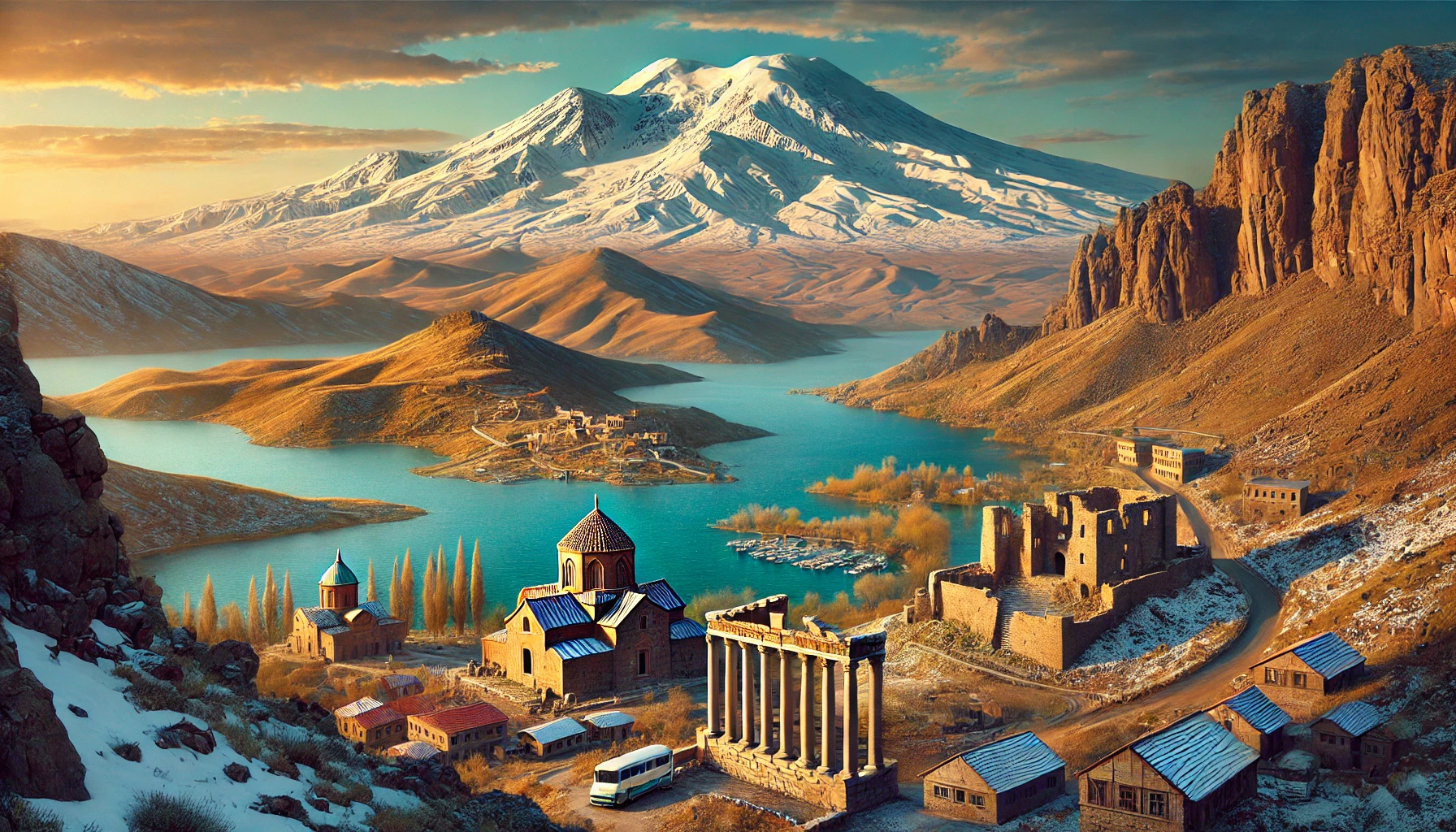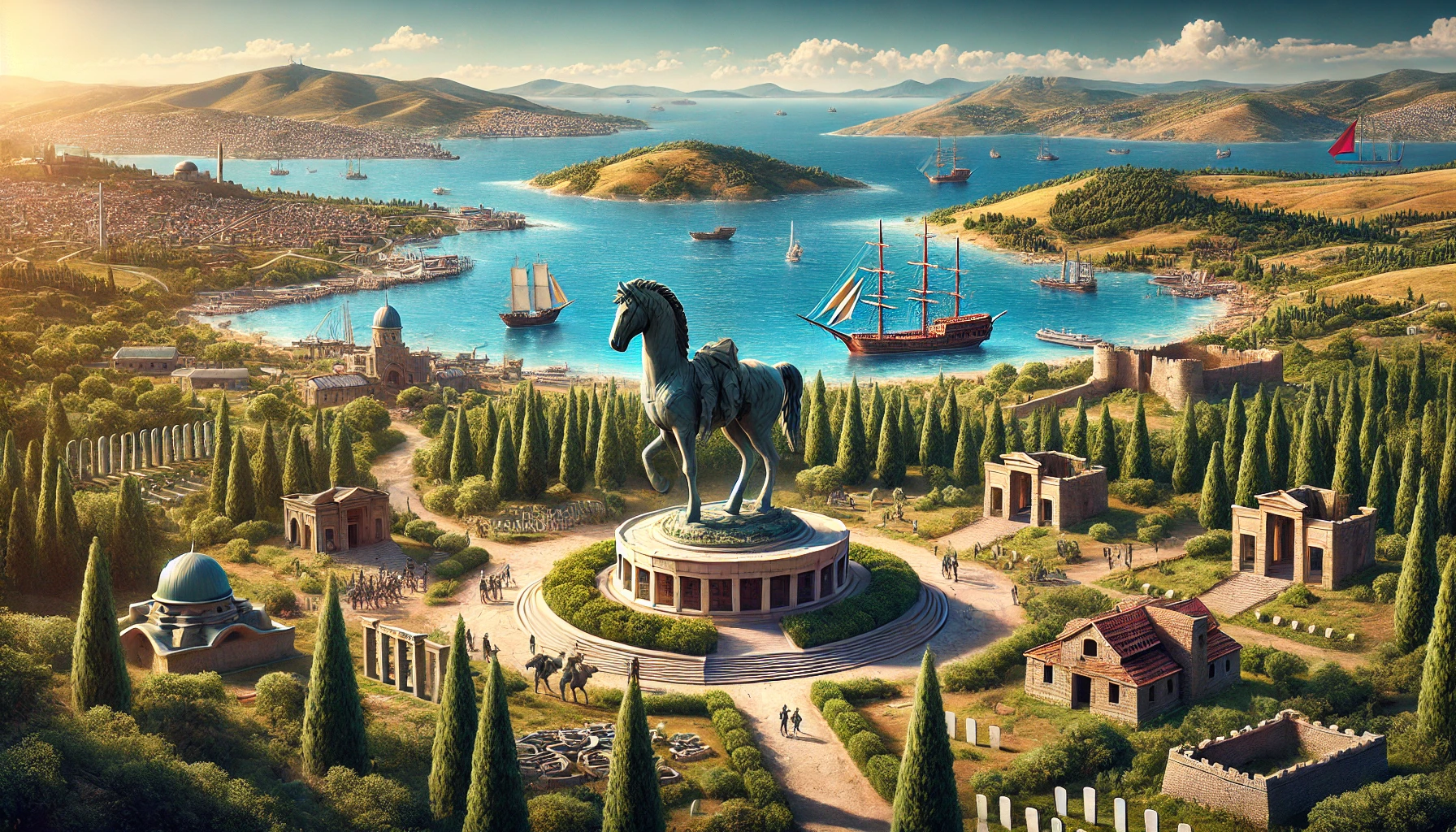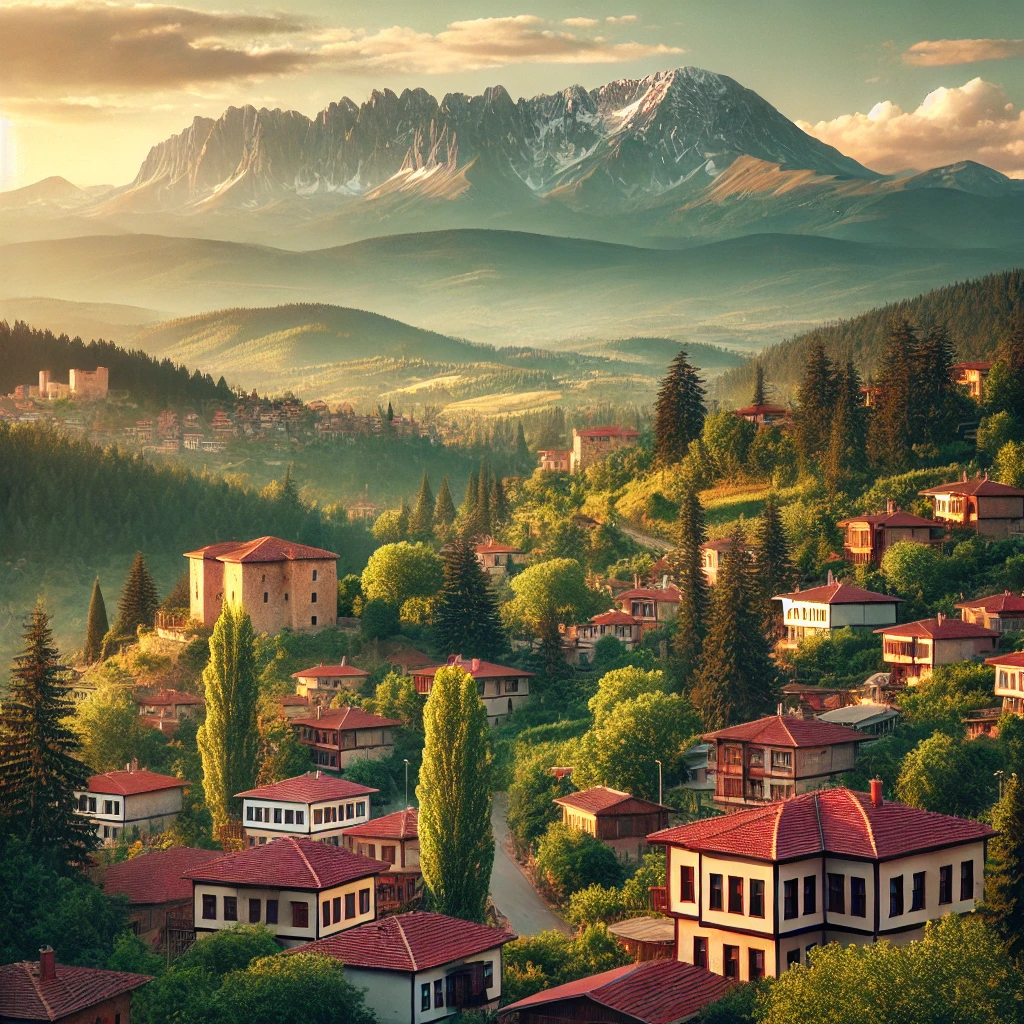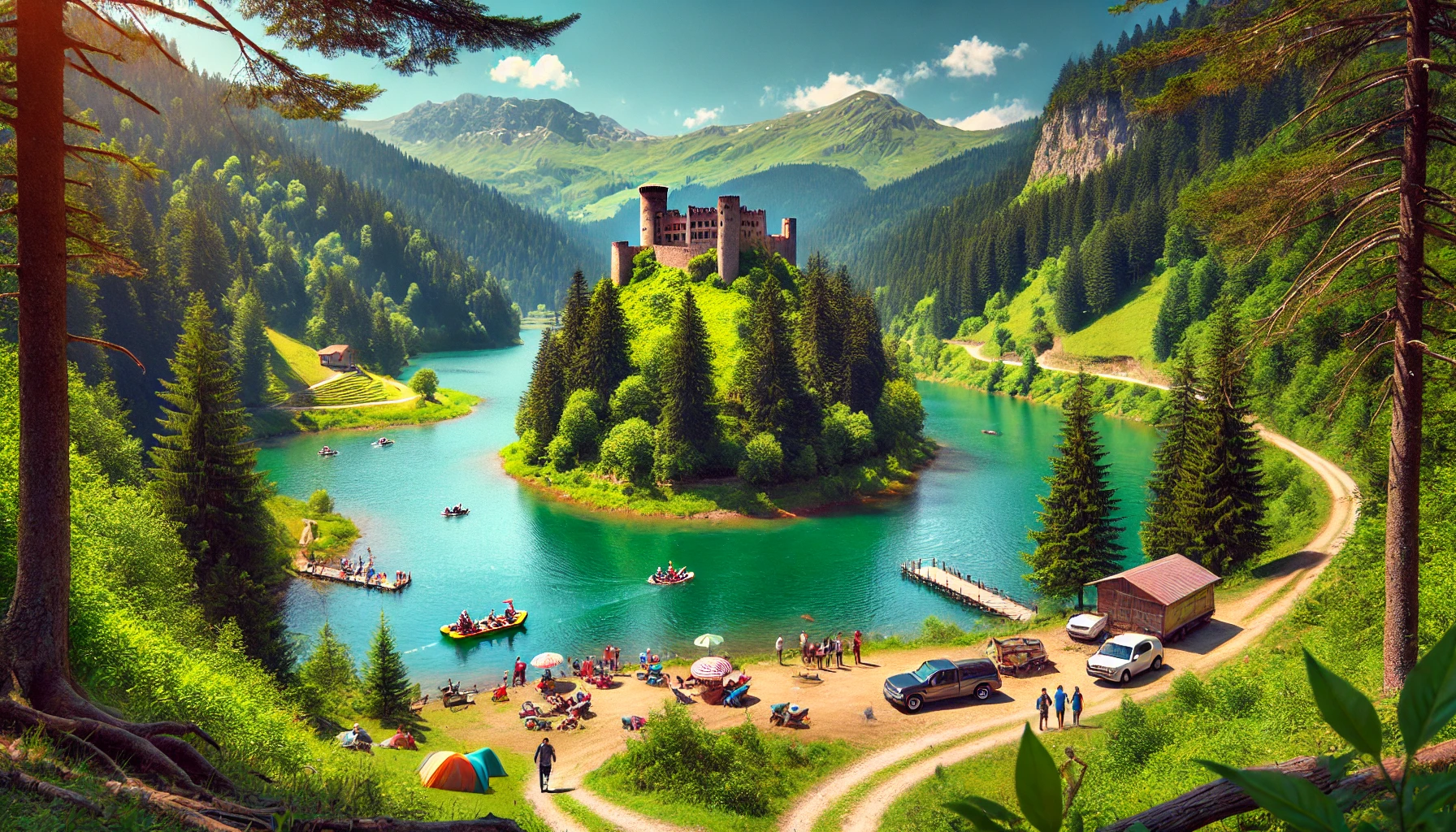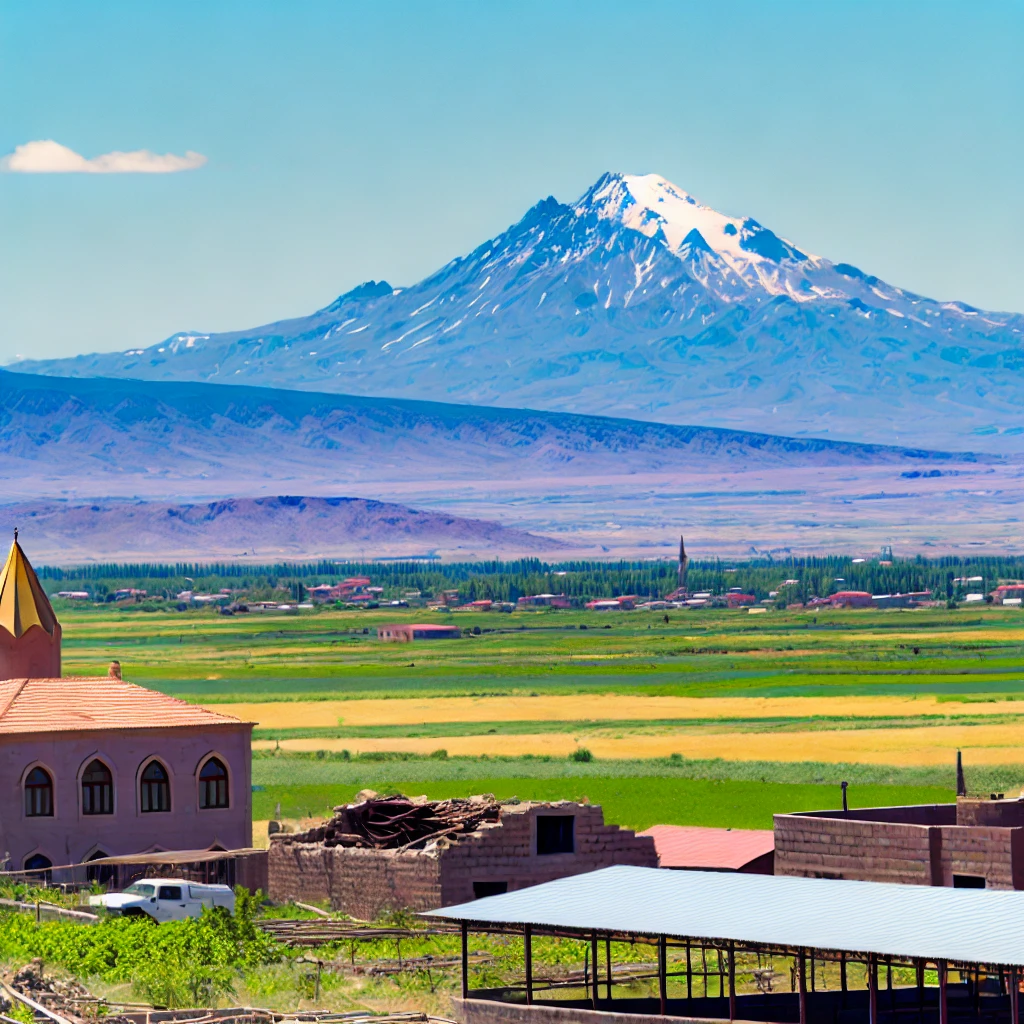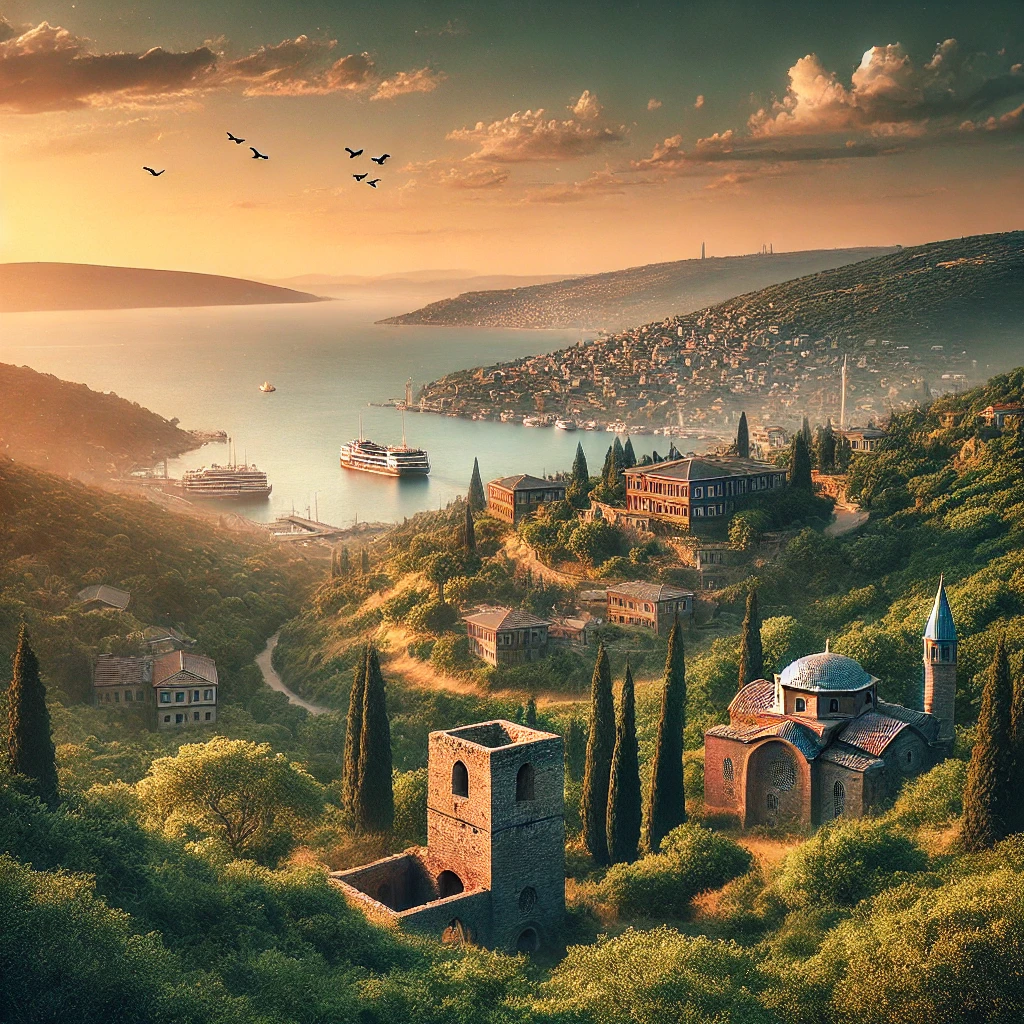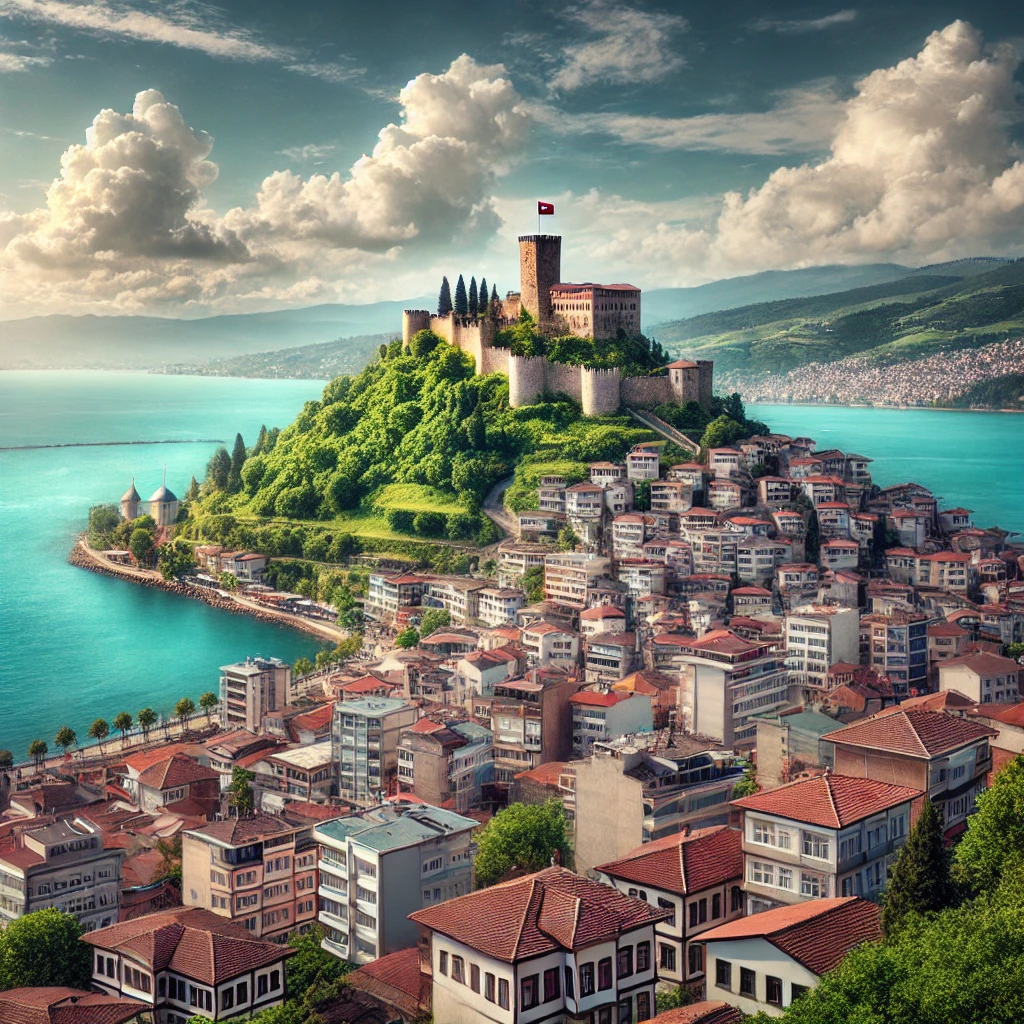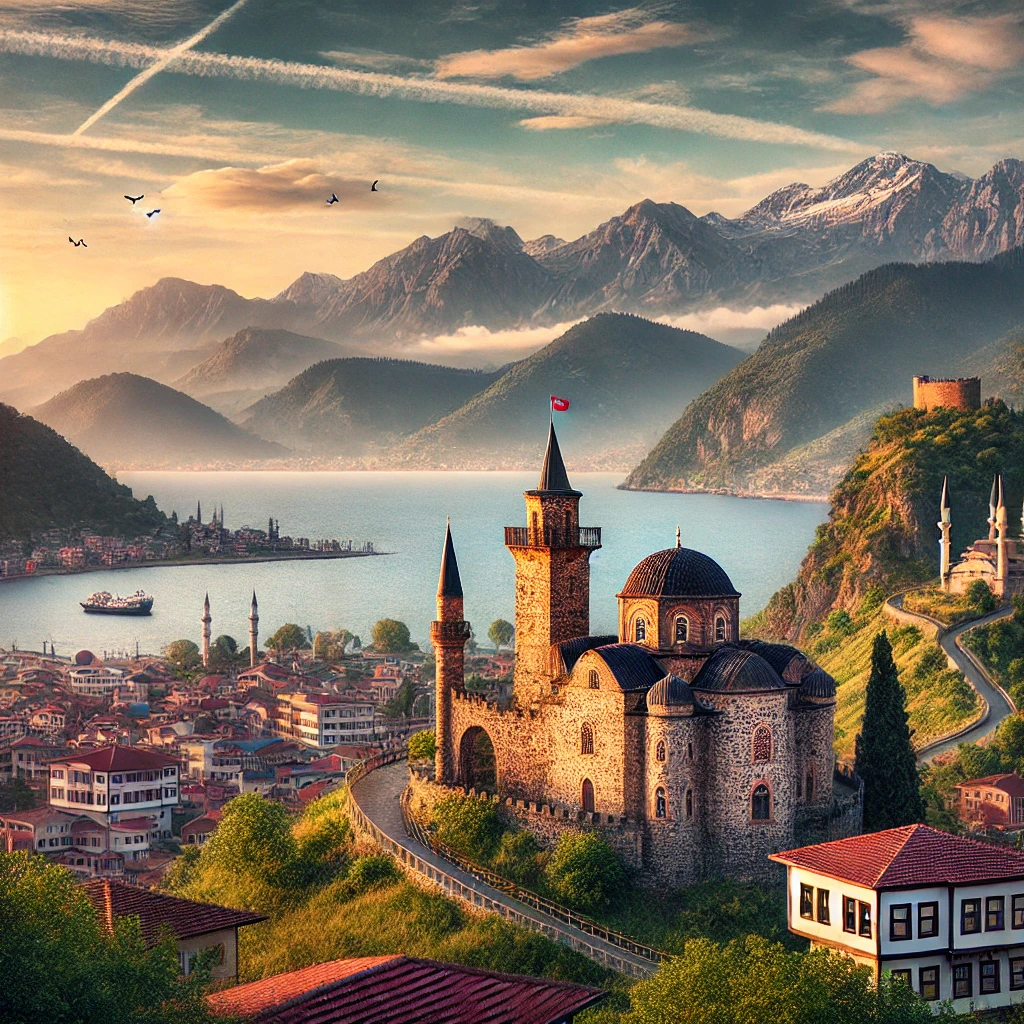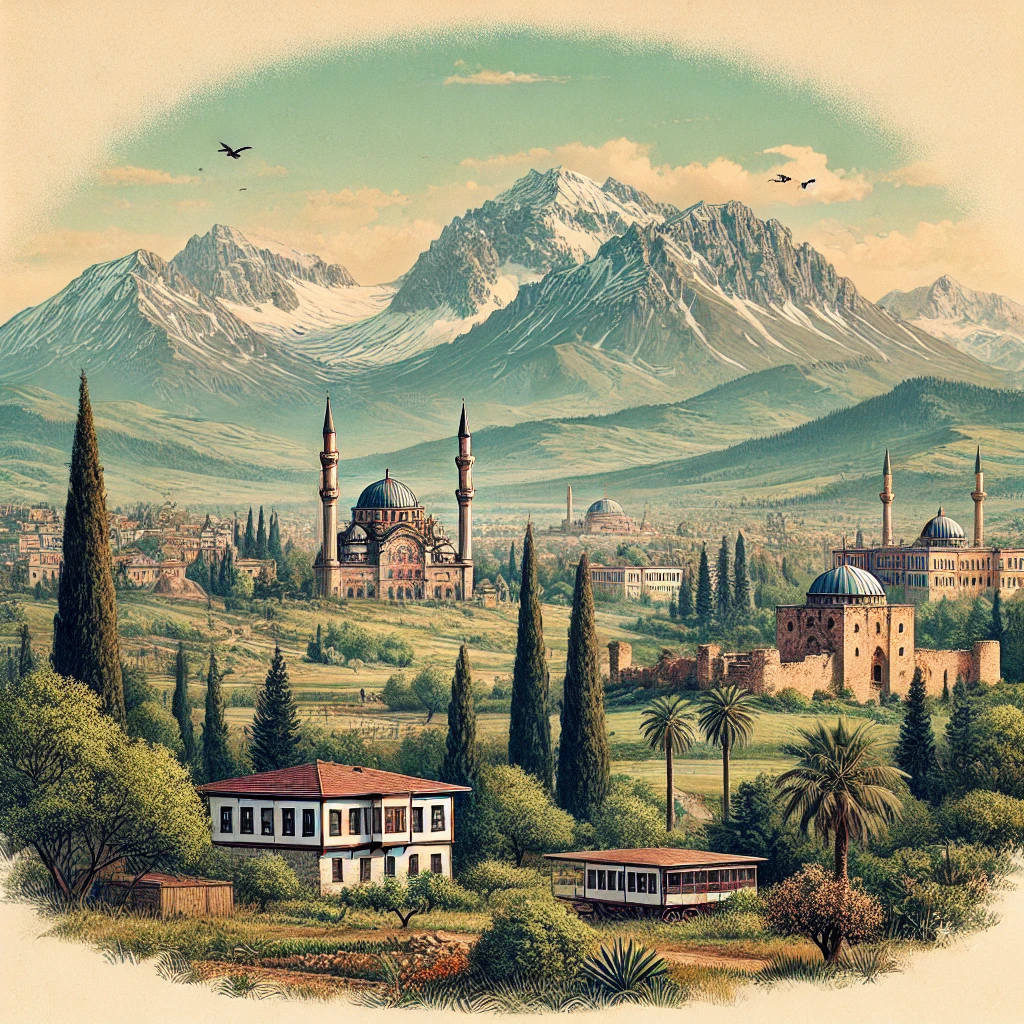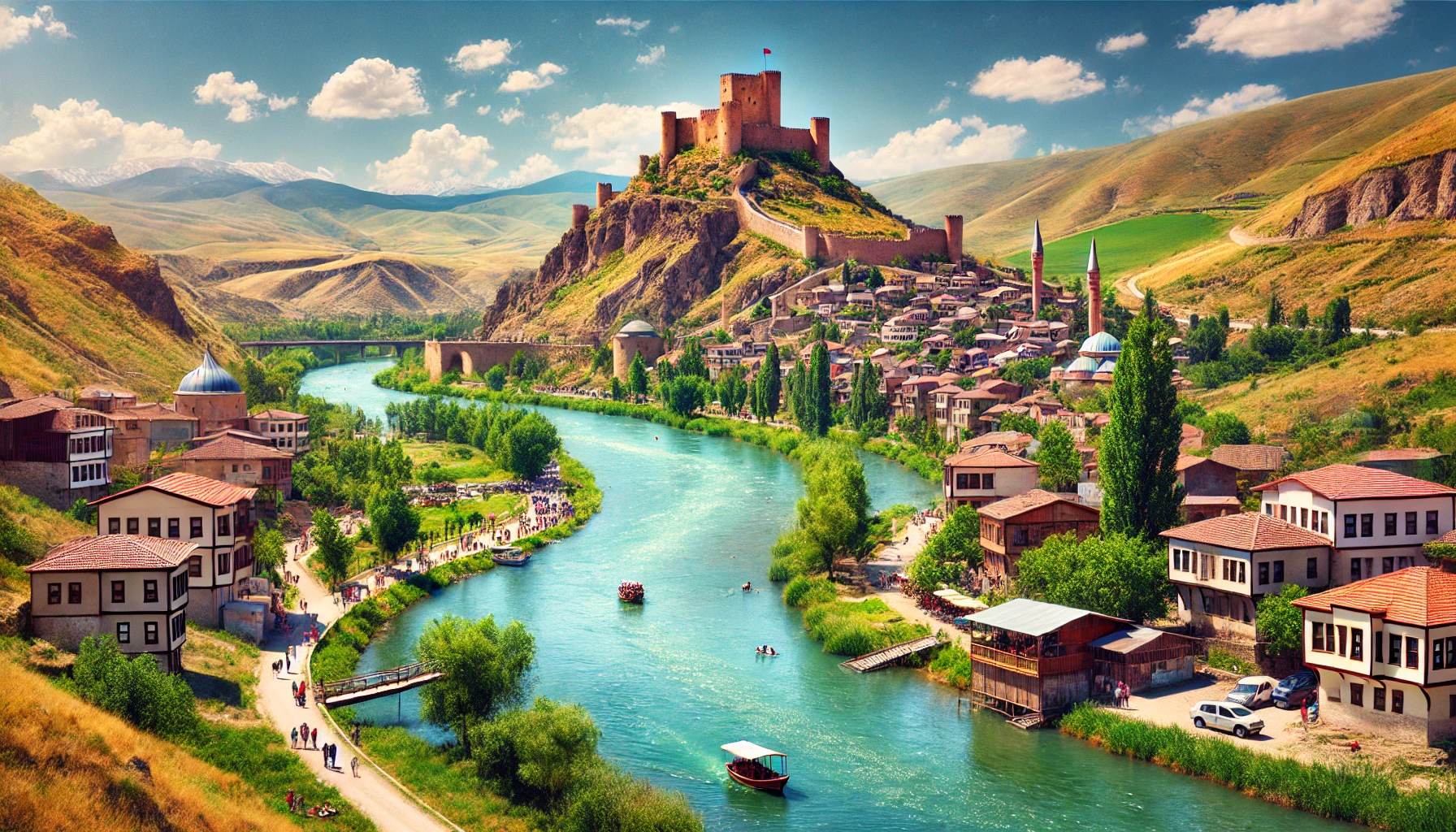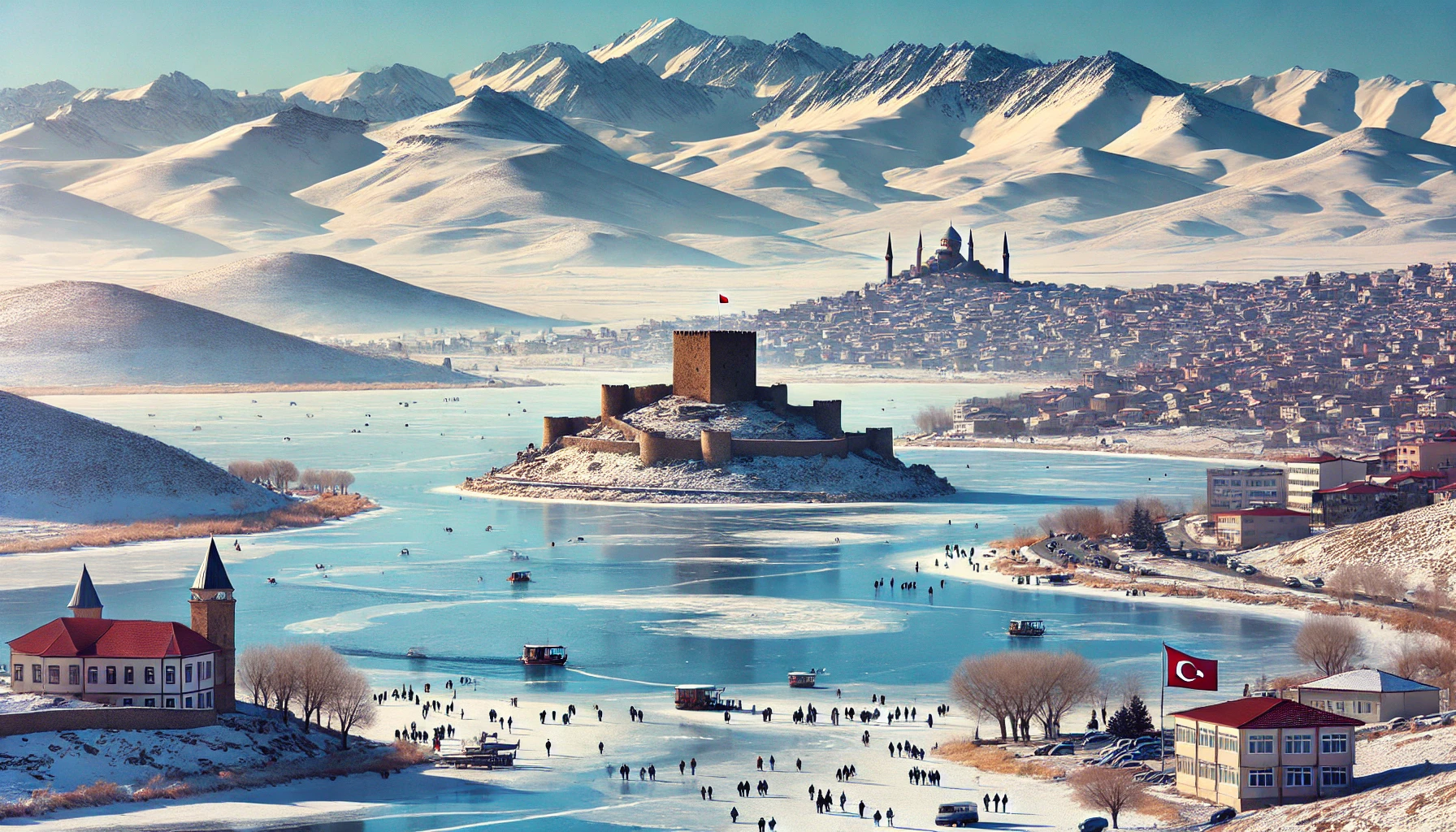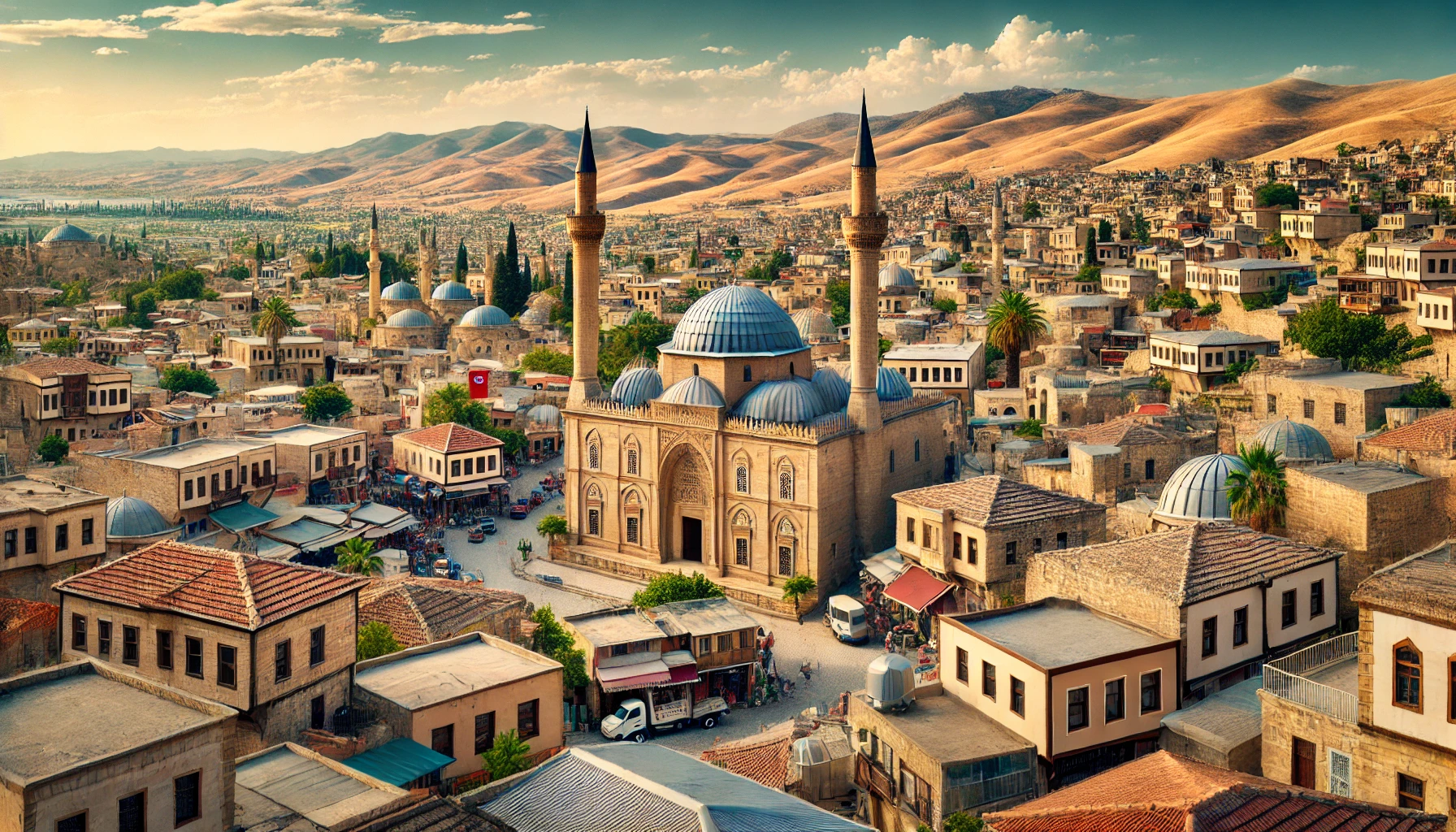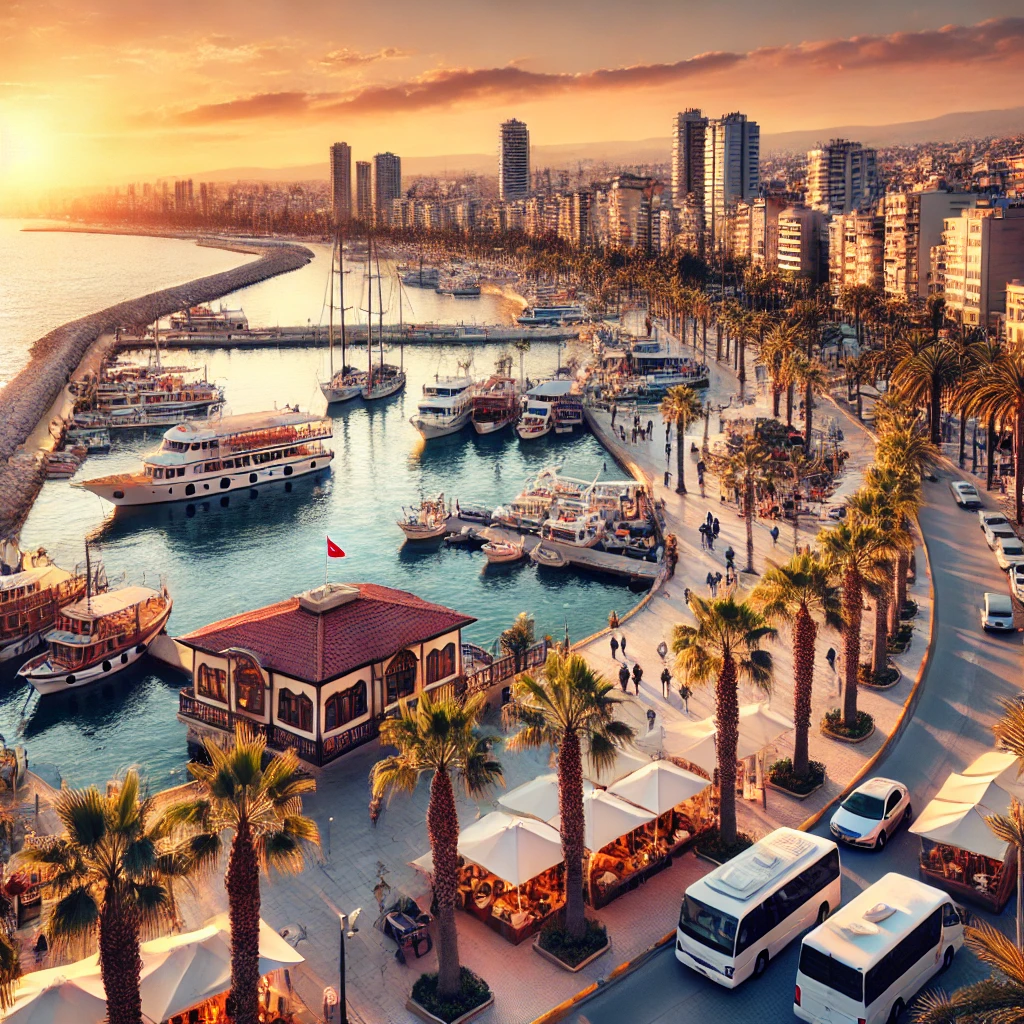Malatya: A Journey Through History and Culture
Malatya, a large city in the Eastern Anatolia region of Turkey, is a captivating destination with a rich historical and cultural heritage. Known as the “apricot realm,” Malatya is the capital of Malatya Province and boasts a history that spans thousands of years. From its ancient origins to its modern significance, Malatya offers an array of experiences for travel enthusiasts. Join us as we explore the wonders of Malatya, a city where tradition and modernity blend seamlessly.
The Ancient Roots of Malatya
The Beginnings: Arslantepe
Arslantepe, the ancient site near modern Malatya, has been inhabited since the development of agriculture nearly 6,000 years ago. This Bronze Age city became an administrative center in the kingdom of Isuwa and was heavily fortified. The Hittites conquered Arslantepe in the 14th century BC, and its name, derived from the Hittite words “melid” or “milit” meaning “honey,” reflects its ancient heritage.
Melid: A Neo-Hittite State
Following the collapse of the Hittite Empire, the city of Melid emerged as the center of the Neo-Hittite state of Kammanu. The city’s continuity of Hittite traditions is evident in the monumental stone sculptures and reliefs discovered within its walls. Melid was a significant vassal state of Urartu, paying tribute to the powerful Neo-Assyrian Empire.
Roman and Byzantine Influence
During Roman times, the city was re-established as Melitene and became a base camp for Legio XII Fulminata. The Roman presence is marked by the minting of imperial coins and the establishment of Melitene as a major center in the province of Armenia Minor. The city’s strategic importance continued through the Byzantine era, with extensive fortifications and significant administrative reforms under Emperor Justinian I.
Medieval and Ottoman Malatya
Arab and Byzantine Conflict
Malatya was a focal point of conflict between the Arab Caliphates and the Byzantine Empire. Captured by the Rashidun Caliphate in 638, it became a base for raids into Byzantine territories. The city’s fluctuating control between the two powers ended with its capture by the Byzantine Empire in the 10th century, which led to significant demographic and cultural changes.
Seljuk and Crusader Period
In the aftermath of the Battle of Manzikert, Malatya was governed by Gabriel of Melitene, a Greek Orthodox Armenian. The city’s strategic importance attracted the attention of the Seljuks and Crusaders, with the Danishmends capturing it in 1101. Under Seljuk rule, Malatya flourished as a center of knowledge and development.
Ottoman Rule
Malatya became part of the Ottoman Empire in the early 16th century. Under Ottoman rule, the city lost its frontier status but remained an important administrative and agricultural center. The city’s modern development began in the 19th century, leading to the establishment of the current city of Malatya in 1838.
Modern Malatya: A Blend of Tradition and Progress
Economic Significance
Malatya is renowned for its agricultural output, particularly apricots, earning it the title “apricot realm.” The city produces 80% of Turkey’s apricots, a significant portion of which is exported globally. The economy is also supported by textile manufacturing, construction, and historical opium production, making Malatya a notable trade and industrial hub.
Cultural and Culinary Heritage
Malatya’s cuisine is a delightful blend of traditional Turkish dishes and local specialties. Köfte, kağıt kebabı, and various stuffed dishes are staples of the local diet. The city’s apricot orchards are integral to its culinary identity, with sun-dried apricots being a prized product.
Festivals and Events
Malatya hosts several festivals, with the Malatya Fair and Apricot Festivities being the most prominent. These events celebrate the city’s agricultural heritage and provide a platform for cultural exchange. Other annual events include the Cherry Festivities in Yeşilyurt District and the Grape Festivities in Arapgir District.
Exploring Malatya
Historical Sites
Malatya is home to numerous historical sites, including the ancient ruins of Arslantepe, which offer insights into the region’s early civilizations. The Malatya Museum houses Bronze Age artifacts, and the city’s historic mosques and madrasas reflect its Islamic heritage.
Modern Attractions
The modern city of Malatya boasts a blend of old and new architecture. The Malatya Main Bus Station and Malatya Erhaç Airport connect the city to other parts of Turkey, making it an accessible destination for travelers. The İnönü University, established in 1975, is a key educational and cultural institution.
Scenic Beauty
Malatya’s landscape is characterized by its semi-arid climate, with hot summers and cold, snowy winters. The city’s apricot orchards and vineyards add to its scenic charm, providing picturesque views for visitors.
Conclusion
Malatya, with its rich historical heritage, cultural diversity, and economic significance, is a city that offers something for every traveler. From ancient ruins to modern amenities, Malatya is a destination where history and contemporary life coexist harmoniously. Whether you’re exploring its archaeological sites, savoring its culinary delights, or participating in its vibrant festivals, Malatya promises an unforgettable experience.
Discover more about Malatya and plan your visit by exploring resources and guides available at visitturkey.in. Travel Turkey and uncover the treasures of Malatya!
Latest Update: Aug 4, 2024
Your Content Goes Here
TAGS: ancient city Malatya, Malatya, Malatya archaeological sites, Malatya climate, Malatya culture, Malatya education, Malatya festivals, Malatya history, Malatya landscapes, Malatya local cuisine, Malatya museums, Malatya natural beauty, Malatya tourism, Malatya transport, Malatya travel guide, Malatya Turkey, Ottoman Malatya, travel Malatya, visit Malatya
The Region of Malatya
A brief summary of the key points in this article.
Latest Travel Guides
Weather Today in Malatya, Turkey
Location: Malatya Province
Temperature: -8.97°C
Condition: Broken clouds

